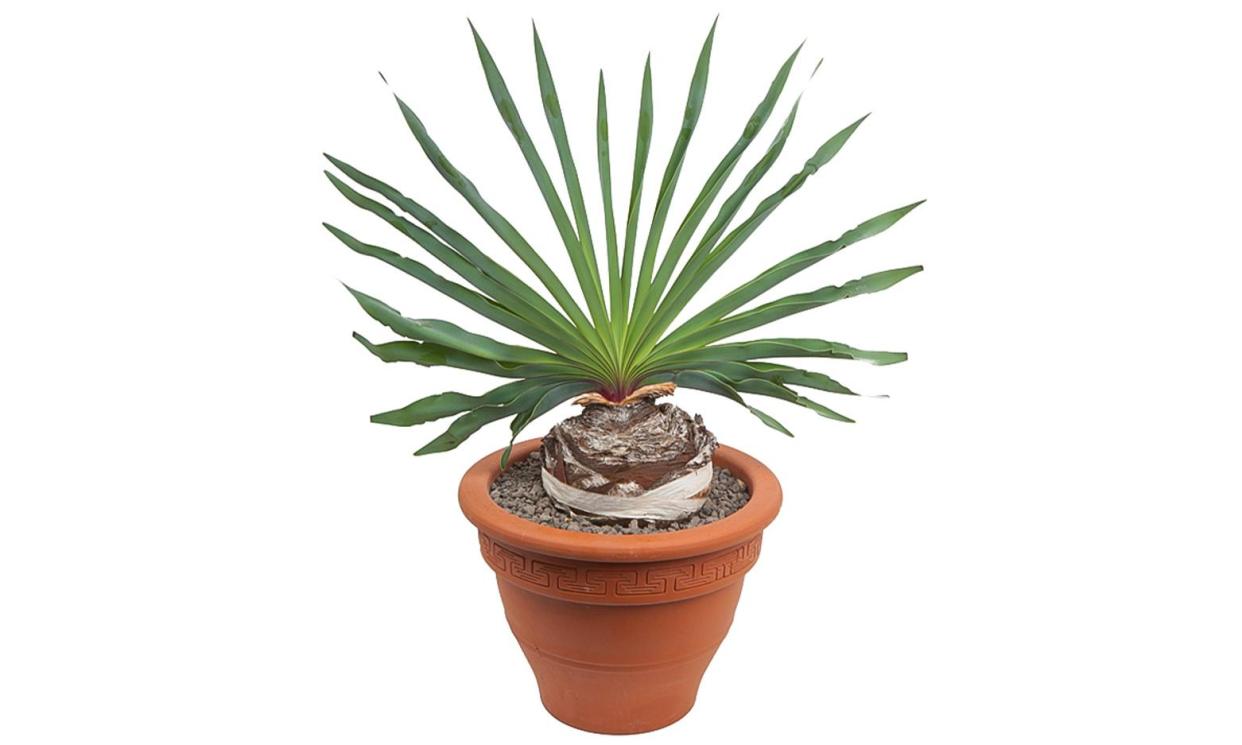Houseplant of the week: century plant

Why will I love it?
Its dramatic, architectural, fleshy leaves and impressive size make it one of nature’s finest living sculptures – and one of my favourite plants. The century plant (Boophone disticha) also has a fascinating structure: at the heart of this succulent lies a bulb – a reservoir of nutrients and water – that allows the plant to withstand periods of drought (AKA neglect) with ease.
Light or shade?
It thrives in bright, indirect light.
Where should I put it?
Consider placing it in a spacious spot in your sitting room, where you can admire its grandeur and commanding presence.
How do I keep it alive?
Water the plant thoroughly once a week in summer, allowing the soil to dry out inbetween. Avoid overwatering, as this can lead to root rot. In winter, reduce watering to once every four to six weeks. Plant it in free-draining cactus and succulent soil and maintain indoor temperatures between 18C and 24C to mimic its native climate.
Did you know …
The common names also include tumbleweed, poison bulb, and sore-eye flower. This South African native produces striking clusters of red flowers that can irritate the eyes in confined spaces, so place them outside if in bloom. If ingested, the bulb is poisonous, so keep it out of reach of pets and children. It can live for several decades but, despite its name, won’t last for a century.


